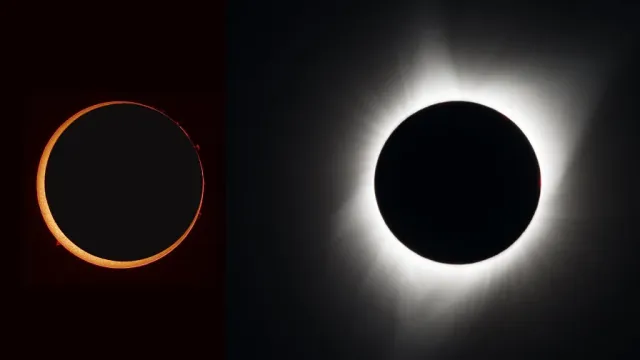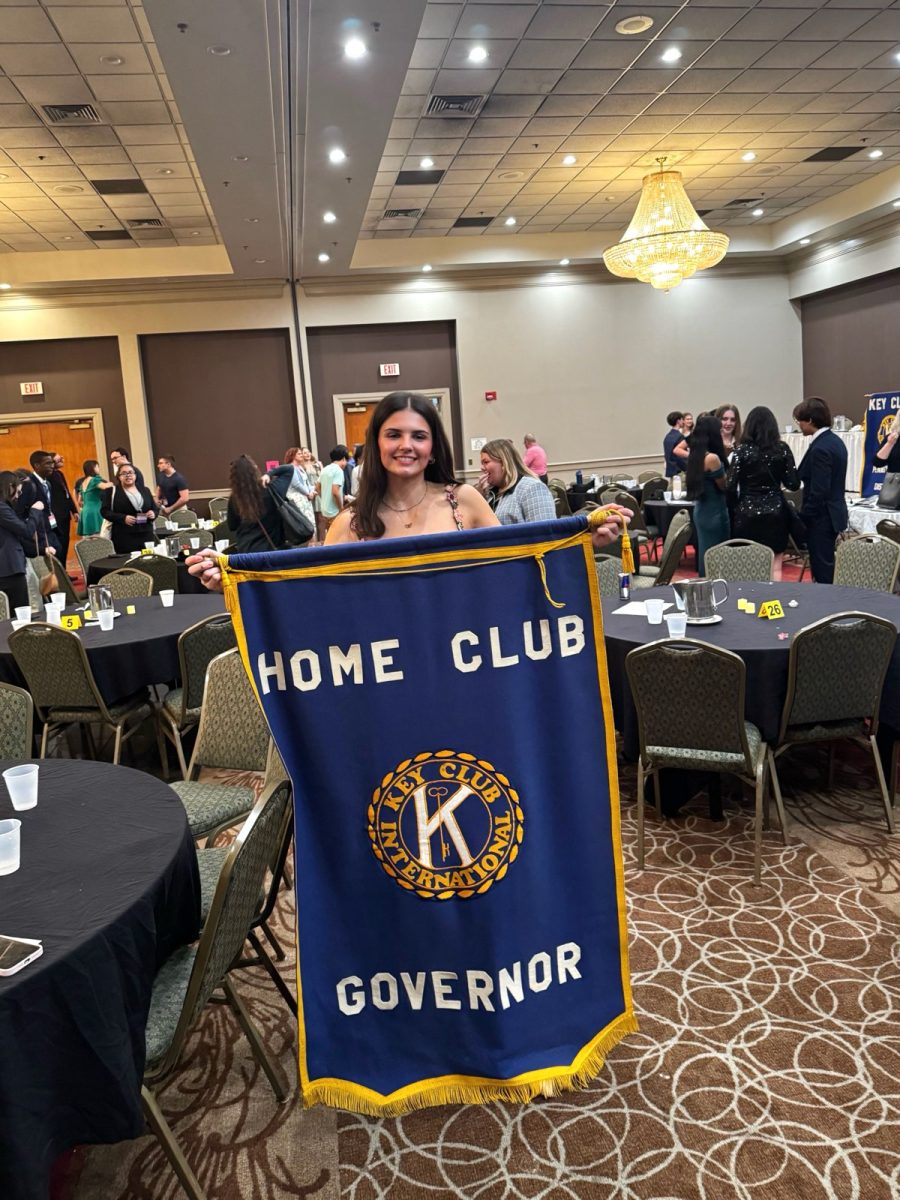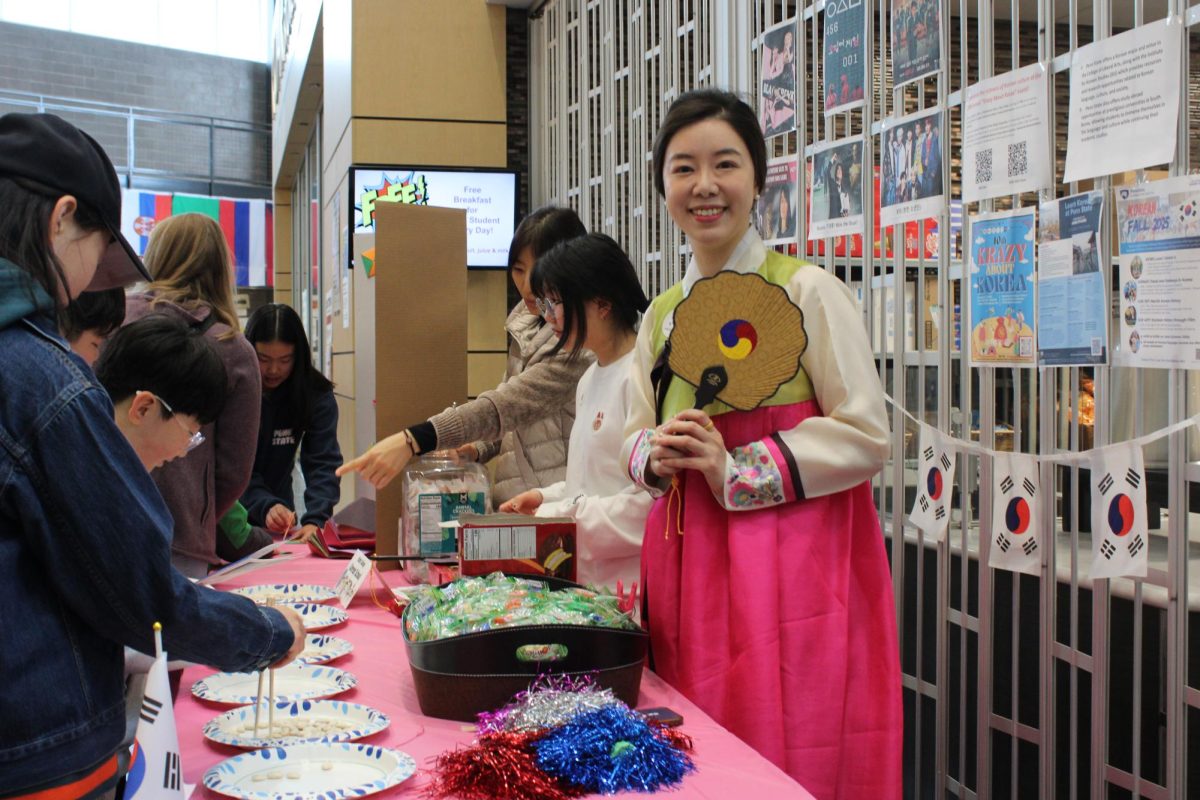Students and staff at State High were eager to take part in the Solar Eclipse on April 8, 2024. All students and faculty were given a half-day to enjoy this event that is only visible to U.S. citizens every twenty or so years.
The total solar eclipse was seen in Mexico, from Texas to Maine, and into Canada. The total eclipse will last no longer than four minutes. It was the last chance for the lower 48 states to see another total eclipse for the next 21 years. During the eclipse, the State College Spikes team provided the community with a free event to enjoy the eclipse, which reached a totality of 95%.
A total solar eclipse occurs when the moon passes between the sun and the moon, perfectly covering the sun for only a short few moments. The sky took on the illusion of being dusk or dawn, but in reality, it was the middle of the day.
Safety remained the number one priority while viewing the eclipse. To view the eclipse, specialized eye protection designed for solar viewing was needed. State High provided students with eclipse glasses.
While the majority of people find the total solar eclipse interesting and important, it’s clear that many believe that this is just another insignificant event. This is commonly caused by the fact that to this day, many are still unaware of the difference between a total solar eclipse and a partial eclipse.
A partial eclipse is whenever only part of the sun is being covered by the moon. This leaves a sliver of the sun still visible for everyone to see causing there to still be a significant amount of daylight. Furthermore, a partial eclipse occurs far more often than a total eclipse. A partial eclipse comes around about every 18 months, while the next total eclipse will occur on August 12, 2045.
Students at State High had varying opinions on the total solar eclipse. Sophomore Veer Patel was excited.“I think it is cool, and I like how we get a two-hour early dismissal out of it,” Patel said.“ I’ll probably just go home, and watch it for a little bit and then go along with my regular day activities.”
Similarly, Sophomore Teagan Chestnut further explained “I think that it is super interesting because I think it’s cool that the moon has the ability to cover the entire sun every once and awhile.”
After witnessing the eclipse it was clear to most that it wasn’t quite what most were expecting. While most students were hoping to see a clear eclipse over state college, it seemed the weather had other plans in mind. When 3:30 rolled around students began to make their way outside to see the eclipse. But when trying to see the spectacle in the sky, they were unable to because of the clouds covering the eclipse.
“I had a lot of anticipation for the solar eclipse its something that happens what every so 20 years. I has all the supply and it was a bit of a let down because of the weather, so I wasn’t really able to see the eclipse,” business teacher David Williams said.
Whether you enjoyed your early dismissal by watching the eclipse or taking an extra nap; hopefully State High students were able to advantage of their time off from school and enjoy this rare event since Pennsylvanians won’t be seeing another total solar eclipse for 21 years.









